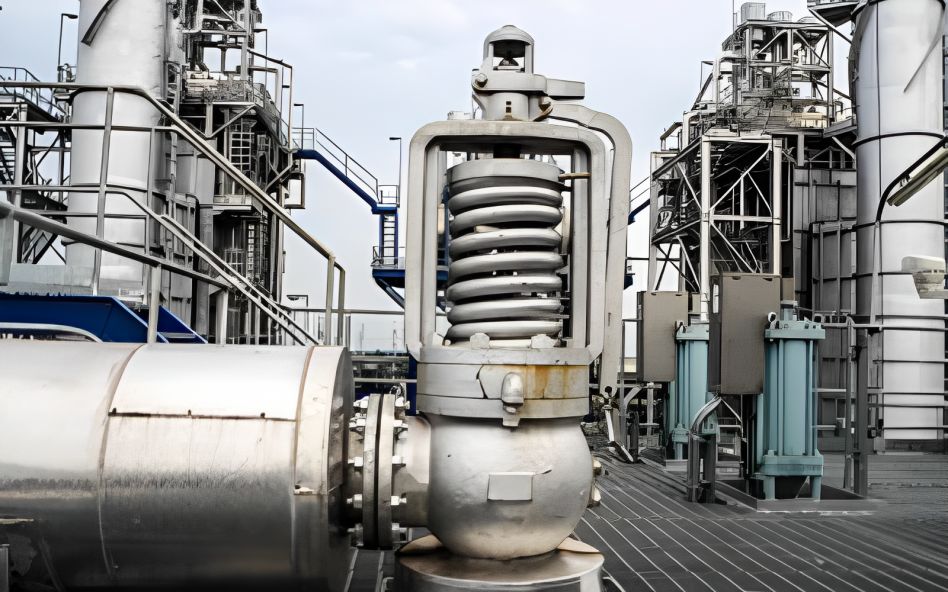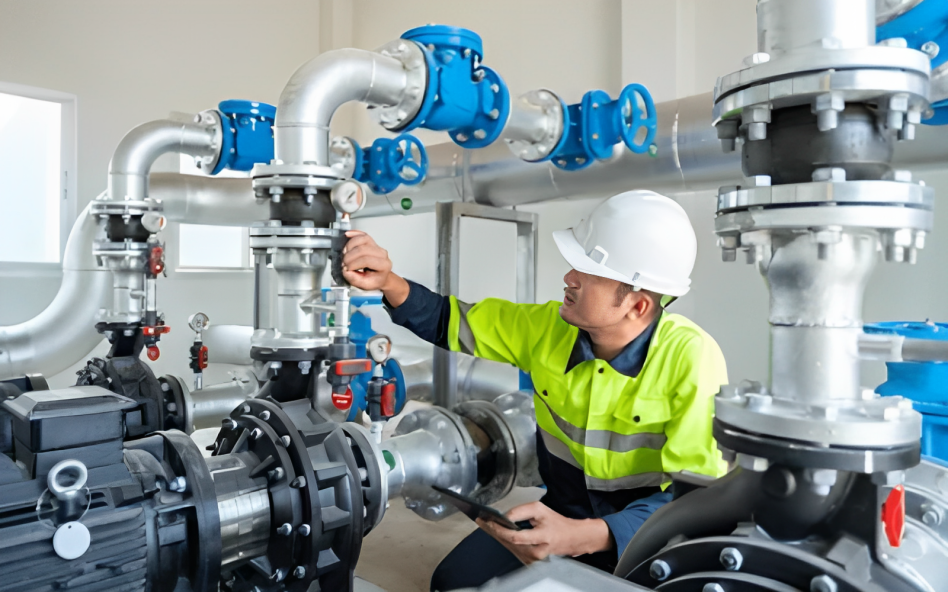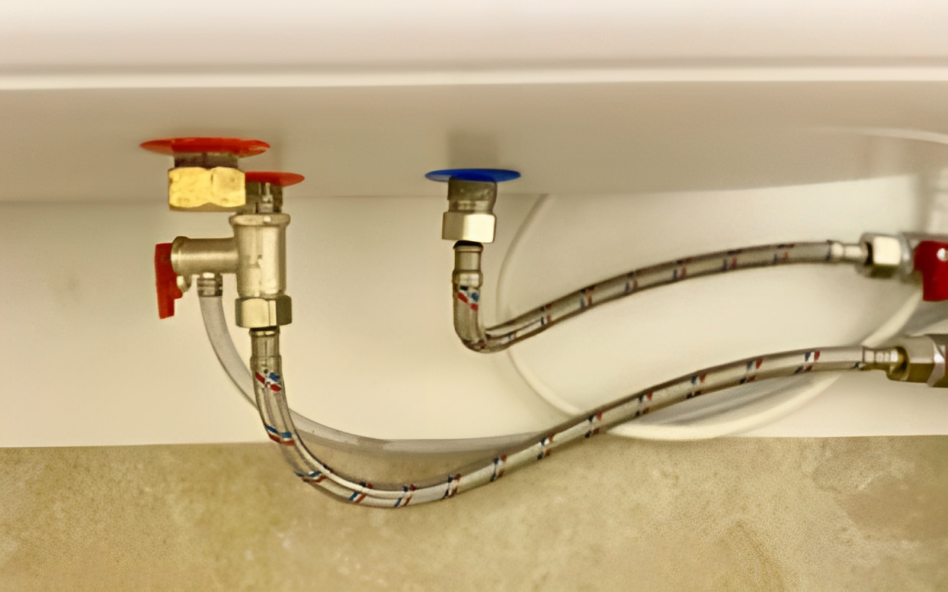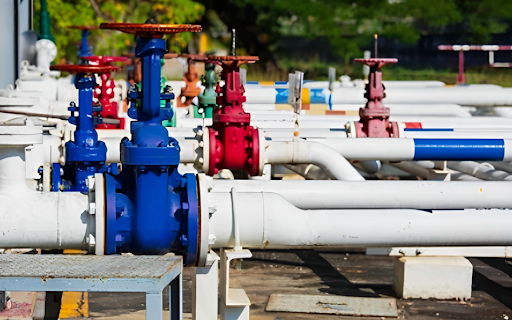
High-Pressure Relief Valve: Pick the Best Stainless Steel Relief Valves.
A Valve is a mechanical device that controls and regulates fluid flow and pressure in a system by performing several functions. There are over ten various relief valves used. These valves are designed to precisely control various applications such as hydraulic systems, process control, and instrumentation.
As a plumber or contractor, buying high-quality valves is essential to protect pressure vessels. Since a valve acts as pressure equipment directive to help in relieving pressure, you have to buy from a reliable vendor like Ace Compression Fittings.
Nonetheless, this blog will discuss pressure relief valves, their roles, and their applications.
What is a pressure relief valve?
Also known as a water heater pressure relief valve, it is a type of safety device installed on a water heater. It is designed to automatically open and relieve pressure when the pressure of liquid in the tank exceeds the set pressure. It prevents equipment damage by basically reducing accidental over-pressurization of fluids systems.
It is positioned near the top of the tank and is connected to a discharging pipe that directs water to a safe location outside the building. Several electronic pneumatic and hydraulic systems control fluid variables such as pressure and temperature. Operating such systems requires an energy source of heat of some kind.
The pressure relief valve consists of an adjusting crew, two supporting plates on either side of the spring, and a conical poppet mounted inside against the spring force, creating a passage for working fluid to drain and flow through the outlet.
Lacking access to this safety valve body in your system may result in a breakdown. Additionally, the valve ensures no atmospheric pressure leaks in your system, which may lead to low water pressure or reduced flow.

What are the three types of pressure relief valves?
These three primary types of pressure relief valves are mutually designed to automatically relieve pressure from a complete system pressure when the predetermined set pressure exceeds a certain level set pressure.
-
Spring-loaded pressure relief valve
It is an ideal safety valve used in liquid service and limits pressure rise within a hydraulic well line. A disc is held against the nozzle to stop the gas flow at normal operating pressures and conditions. By preventing backflow, it eliminates the hydraulic shock. The pressure is set by changing the tension in the spring using an adjusting nut or knob.
-
Pilot-operated relief valve
Similar to other relief valves, they are used for emergency relief during overpressure events. The pilot valve is connected to a sensing line that senses the pressure in the system. Force enters, making its way via the pipe to the upper dome of the valve. Pressure increases to the set stress. The pilot valve opens and allows fluid to flow to the main relief valve, which opens to relieve the pressure. They are used for emergency relief during overpressure events.
-
The conventional spring-loaded relief valve
It is a safety relief valve with an inlet, outlet port, and a spring-loaded disk. It uses the spring to maintain a force on another mechanism that seals the opening of the valve. When the set pressure point is reached, the control value unloads the servo so the relief valve can open and reset as expected.

How is a pressure relief valve installed?
Installing a relief valve requires careful consideration of the operating conditions to ensure the valve is appropriately set to operate within the desired pressure range. It should be installed in a location allowing it to safely discharge excess pressure into the atmosphere. First, the threaded connection on both the vessel and the valve inlet line should be thoroughly cleaned of all dirt because if it is left, it may accumulate and damage the valve.
Mount the relief valve in a vertical position with the outlet pointed downwards to prevent moisture accumulation in the valve. Failure to this upright position the valve may not work fully to its capacity. The discharge pipe should be sized and channeled to safely direct discharge the fluid away from people and equipment in the area.
Additionally, the valve is often mounted on a flange, allowing it to be easily removed for replacement purposes. Most importantly, one should follow the manufacturer's installation instructions and ensure the valve body is adequately tested regularly to operate correctly.

Fixing your water heater pressure relief valve
A water heater may fail to function mainly because of two valid reasons: if there is a leak and the water is continually flowing, and if it sticks in a place and needs to open or close correctly. Therefore, it needs to either replace or repair it; here are a few actions to follow to fix it.
-
First, you may need to turn the power or gas supply off to the water boiler and allow the tank to cool down. Then close the cold water supply valve to the tank to prevent water from entering.
-
Using a pair of pliers or an adjusting wrench, loosen the valve, remove it from the tank, and check for any wear or damage. If it's right, a replacement will be necessary.
-
Please go ahead and look over the inlet and the valve seat and clean them up if necessary.
-
Reinstall the valve onto the tank and tighten it securely.
-
Turn on the cold water supply to the tank and open the hot water to allow air t escape from the tank.
-
Then you can turn on the power to the water heater and monitor the valves for leaks.
If the leaking persists, you may need to replace it with a new pump and valve or consult a professional plumber.

Other designs of relief valves
Pressure relief valves are primarily grouped into three types: relief valves, safety valves, and safety relief valves.
-
Safety valves
It refers to a pressure relief valve actuated by either external or static input pressure and is typically designed to provide overpressure protection to equipment and personnel. The main difference between a full lift safety valve and a low lift safety valve is the amount of opening when the valve operates.
-
Relief valve
It is a pressure relief device triggered by an inlet static pressure with a gradual lift that increases pressure depending on the temperature of water heater the application.
-
Safety relief valve
It is a pressure relief valve used in applications where the pressure can build up gradually over time, such as steam and gas service and pressure vessel code.
-
Power-actuated pressure relief valve
They typically operate by an externally powered device that regulates the opening and closing of the pressure valves. They are designed to meet specific standards and regulations such as ASME Boiler and pressure vessel code and should be well-sized and installed to ensure a reliable operation.
-
Vacuum relief valve
It is a pressure relief device designed to admit fluid to prevent an excessive internal vacuum. It is typically designed to open when the vacuum pressure in a system exceeds a predetermined set point, allowing air to enter the system and relieve the vacuum pressure.
-
Temperature-actuated pressure relief valve
It is a pressure relief valve that may be actuated by external, internal temperature, or pressure on the inlet side.
Codes, Standards, and Recommended Practices
Many codes and standards have been developed worldwide to address the development and application of pressure relief valves. Those most widely known codes are ASME codes for boilers and pressure vessels, also known as ASME codes.
Most of the code is voluntary. These can be found in pressures, manufacturers' usage or purchase and construction specifications. The ASME Code is uniquely adopted by most federal and state governments and is mandated by law. ASME's Code provides guidelines for designing and building pressure vessels.
FAQs
Here are a few sampled questions frequently asked about pressure relief valves.
What is the difference between a relief valve and a pressure valve?
The main difference between the two valves is that a pressure valve is programmed to control system pressure within a specific range and maintain a dangerous level of constant pressure by opening and closing to allow fluid flow. In contrast, relief valves are designed to open when the pressure in a system exceeds the predetermined set point.
Do you really need a pressure relief valve?
Yes. Pressure relief valves are ideal in most applications, especially in areas with high water pressure. They are designed to provide overpressure protection and protect others by opening when the system pressure exceeds the set pressure. Without this device, the system pressure continues to rise and can cause the destruction of pipelines and the expansion tank and may create hazardous environments for individuals.
How do I know if my pressure-reducing valve is bad?
If you suspect your pressure-reducing valve is not operating to its capacity, here are a few signs to confirm. Noisy pipes or rattling sounds in walls and pipes, leaking valves, reduced water flow, and high or low water pressure. If your reducing valve portrays any of these signs, have it inspected by a professional to determine if it needs repair or replacement.
How much does it cost to fix a pressure-release valve?
The average cost to fix a pressure release valve may vary depending on factors such as the cost of replacement parts, the extent of the problem, the type of v, valve, and other factors. Therefore, it is important to have a qualified professional inspect the valve to determine the extent of the problem and provide an accurate repair cost estimate.
Conclusion
Pressure relief valves are essential in many commercial and industrial applications where there is a likelihood of overpressure events. Proper installation and regular inspection of pressure relief valves, by qualified personnel ensure the reliability of their operation. Additionally, buying high-quality valves from reputable sellers like Ace Compression Fittings is an added advantage. If you want valves today, contact us now! 800-888-8769
